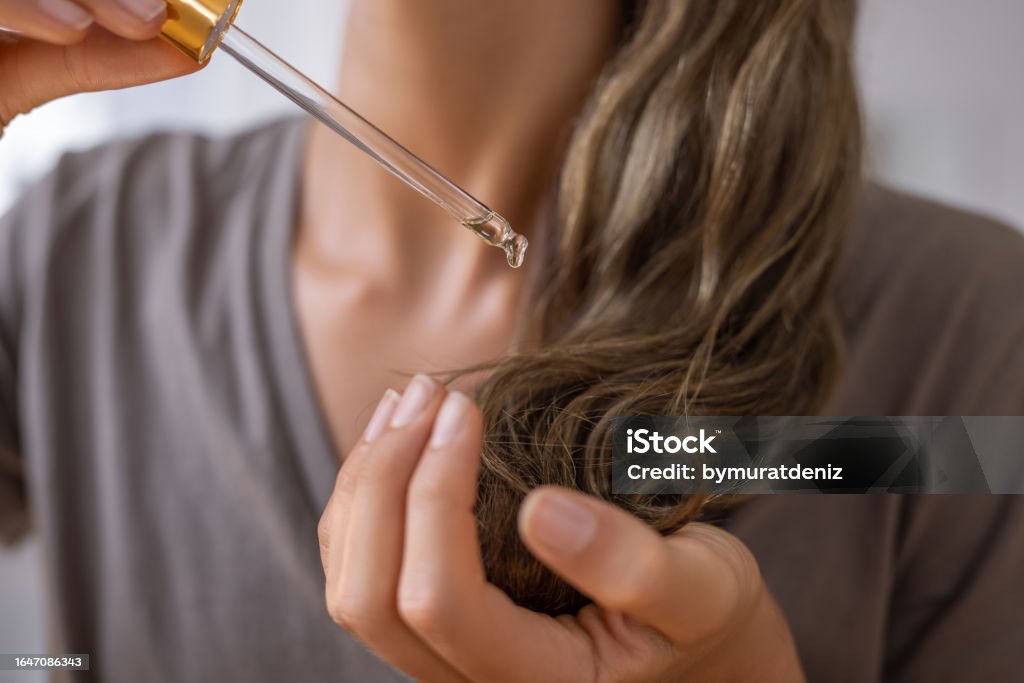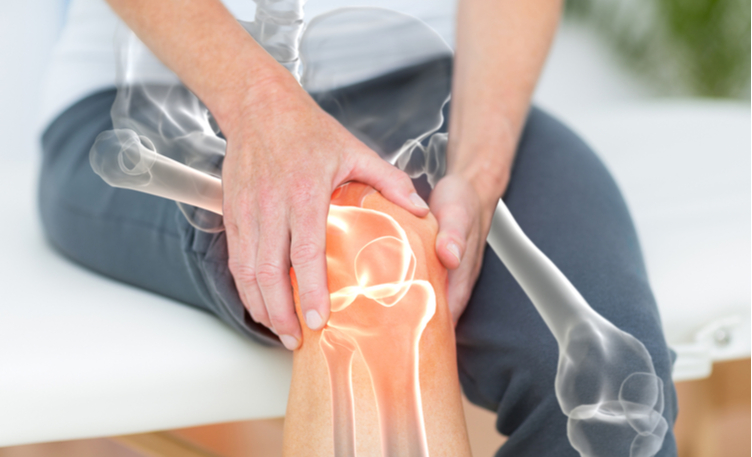Hair plays a significant role in our appearance and self-esteem, serving as a canvas for personal expression and cultural identity. However, various diseases can affect hair health, leading to issues such as hair loss, changes in texture, and scalp conditions. This article explores the types, causes, symptoms, diagnosis, and treatment options for hair diseases.
Types of Hair Diseases
Hair diseases can be classified into several categories based on their causes and the areas of the hair and scalp they affect. The most common types include:
1. Hair Loss Disorders
Hair loss is one of the most prevalent concerns people have regarding their hair. There are several types of hair loss disorders:
- Androgenetic Alopecia: Also known as male or female pattern baldness, this genetic condition leads to gradual hair thinning and loss, typically following a predictable pattern. It affects both men and women, with men often experiencing receding hairlines and thinning at the crown, while women may notice overall thinning.
- Alopecia Areata: An autoimmune disorder that results in sudden hair loss in patches. The exact cause is unknown, but it occurs when the immune system mistakenly attacks hair follicles. Alopecia can affect any hair-bearing area and can lead to complete baldness in some cases.
- Telogen Effluvium: This temporary form of hair loss occurs when a large number of hair follicles enter the resting (telogen) phase simultaneously, often triggered by stress, illness, or hormonal changes. It typically results in diffuse thinning rather than patchy loss.
- Traction Alopecia: This type of hair loss results from prolonged tension on the hair shafts, often due to tight hairstyles such as braids, ponytails, or hair extensions. If not addressed early, it can lead to permanent hair loss.
2. Scalp Conditions
The health of the scalp is essential for healthy hair growth. Several conditions can affect the scalp:
- Seborrheic Dermatitis: A common inflammatory skin condition that leads to flaky, red, and itchy patches on the scalp. It is often associated with dandruff and can result in hair thinning if left untreated.
- Psoriasis: This chronic autoimmune condition can also affect the scalp, causing red, scaly patches. Scalp psoriasis can be itchy and may extend beyond the hairline, leading to
- iscomfort and embarrassment.
- Folliculitis: This condition involves inflammation of the hair follicles
- d, often due to bacterial or fungal infections. It can result in red bumps or pustules on the scalp and can lead to itching and discomfort.
3. Hair Shaft Disorders
These disorders affect the hair’s structure and strength:
- Trichorrhexis Nodosa: A condition characterized by weak points along the hair shaft, leading to split ends and breakage. It can be caused by mechanical damage, chemical treatments, or nutritional deficiencies.
- Pilar Cysts: These benign cysts form in hair follicles and can be found on the scalp. While generally harmless, they can become painful or infected.
- Monilethrix: A rare genetic condition that leads to beaded hair shafts, resulting in brittle hair that breaks easily. This disorder often presents in early childhood and can lead to patchy hair loss.
4. Infections
Various infections can impact hair health:
- Tinea Capitis: Also known as scalp ringworm, this fungal infection leads to hair loss, scaly patches, and sometimes painful inflammation. It is highly contagious and often affects children.
- Head Lice (Pediculosis Capitis): These parasitic infestations can lead to itching and discomfort. Lice feed on blood from the scalp, causing irritation and sometimes secondary infections from scratching.
Causes and Risk Factors
The causes of hair diseases are multifaceted and can include genetic, environmental, and lifestyle factors:
- Genetics: Many hair loss disorders, particularly androgenetic alopecia, have a hereditary component, making individuals with a family history more susceptible.
- Hormonal Changes: Hormonal fluctuations due to pregnancy, menopause, or thyroid disorders can lead to hair loss and changes in hair texture.
- Stress: Emotional and physical stress can trigger conditions like telogen effluvium, leading to temporary hair loss.
- Nutritional Deficiencies: A lack of essential nutrients, such as iron, zinc, and vitamins, can contribute to hair thinning and loss.
- Medical Conditions: Chronic illnesses, autoimmune disorders, and certain medications can lead to hair diseases.
Symptoms
Symptoms of hair diseases can vary widely depending on the specific condition. Common symptoms include:
- Hair Loss: This can manifest as thinning, patchy bald spots, or complete baldness, depending on the condition.
- Itching or Discomfort: Scalp conditions like seborrheic dermatitis and folliculitis often lead to itching and irritation.
- Flaking or Scaling: Conditions like psoriasis and dandruff can result in visible flakes on the scalp and hair.
- Changes in Hair Texture: Some disorders can lead to brittle, weak, or unusually textured hair.
- Redness or Inflammation: Infections and inflammatory conditions can cause redness and swelling on the scalp.
Diagnosis
Diagnosing hair diseases often requires a thorough evaluation by a dermatologist or trichologist (a specialist in hair and scalp disorders). Common diagnostic methods include:
- Physical Examination: A visual inspection of the scalp and hair can help identify patterns of hair loss and signs of inflammation or infection.
- Scalp Biopsy: In certain cases, a small sample of scalp tissue may be taken for laboratory analysis to identify underlying conditions.
- Blood Tests: Blood work can help detect hormonal imbalances, nutritional deficiencies, or autoimmune disorders contributing to hair diseases.
- Hair Pull Test: This test assesses hair shedding and can help determine the type of hair loss.
Treatment Options
Treatment for hair diseases varies widely depending on the diagnosis, severity, and individual patient needs. Common treatment approaches include:
- Medications: Depending on the condition, treatments may include topical corticosteroids for inflammation, antifungal creams for infections, or minoxidil (Rogaine) for hair regrowth.
- Hormonal Treatments: For conditions like androgenetic alopecia, medications such as finasteride (Propecia) may be prescribed to address hormonal imbalances.
- Light Therapy: Low-level laser therapy (LLLT) is sometimes used to stimulate hair growth and improve scalp health.
- Hair Restoration Techniques: Surgical options, such as hair transplantation, may be considered for individuals with significant hair loss.
- Nutritional Support: Addressing dietary deficiencies through supplements and a balanced diet can support overall hair health.
Prevention
Preventing hair diseases involves several proactive measures:
- Gentle Hair Care: Using gentle hair care products, avoiding excessive heat styling, and minimizing chemical treatments can help maintain hair health.
- Stress Management: Practicing stress-reduction techniques, such as yoga or meditation, can help mitigate stress-related hair loss.
- Regular Scalp Care: Keeping the scalp clean and well-moisturized can prevent conditions like dandruff and seborrheic dermatitis.
- Healthy Diet: A balanced diet rich in vitamins and minerals, particularly those known to support hair health (such as biotin, zinc, and omega-3 fatty acids), is essential.
Conclusion
Hair diseases encompass a broad spectrum of conditions that can significantly impact an individual’s appearance and self-esteem. Understanding the types, causes, symptoms, and treatment options is crucial for effective management. Early diagnosis and intervention can lead to better outcomes and improved quality of life for those affected. By prioritizing hair and scalp health and seeking appropriate care, individuals can take proactive steps to maintain their hair’s vitality and strength. Ongoing research and education will continue to play a vital role in addressing the challenges posed by hair diseases, ensuring that effective solutions are available for those in need.




